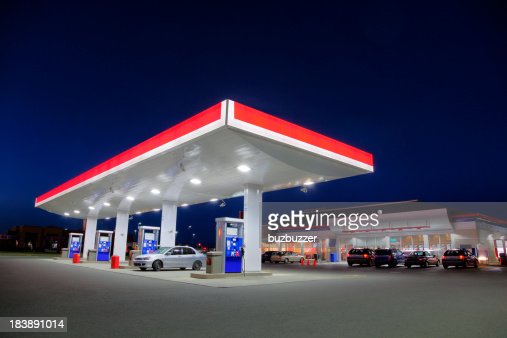FUEL ADULTERATION RATES DROP TO LESS THAN 1% IN UGANDA
The Ministry of Energy and Mineral Development (MEMD) together with the Uganda National Bureau of Standards (UNBS) have resumed the annual countrywide sensitization of Ugandans on fuel quality and quantity at different fuel stations in the country, following the lifting of the COVID-19 lockdown.
The Fuel Marking and Quality Monitoring Program implemented by government, designed to control and monitor the quality of petroleum products in the entire supply chain in Uganda, is ongoing in North Western and Western Uganda districts of Masindi, Hoima, Kyenjojo, FortPortal and Kasese.
During the sensitization, the UNBS Principal Analyst and field supervisor of the Fuel Marking Program, Mr. Peter Kitimbo, revealed that the program has enormously reduced fuel adulteration in the country to less than 1%.
“When MEMD and UNBS started the Fuel Quality Monitoring Program in 2000, the fuel adulteration rates where at 30%. Today however, the rates are down to less than 1% which is good for the consumer.” Mr. Kitimbo said.
Fuel Adulteration refers to an illegal introduction of any foreign substance into fuel to increase its quantity, leading to non-compliance with standard specifications. Fuel adulteration is dangerous because it damages engines of automobiles and cheats the consumer.
Following its mandate to ensure consumer protection, the Government introduced the fuel marking programme which ensures that all fuel meant for local consumption is marked at the border points.
The program also has mobile testing vehicles which is used to do spot samples and testing of fuel quality at all fuel retail stations as well as verifying and calibrating fuel pumps to ensure accuracy of measurements and value for money to the consumers.
During the FMP campaign, motorists and the public at large were also urged to stay alert while buying fuel from the different fuel stations to avoid being cheated;
- Ensure that fuel is bought from fuel pumps with UNBS stickers. This is confirmation that the fuel pumps were verified and calibrated by UNBS, thus, accurate measurements.
- When buying fuel at a filling station, ensure that there is a “break” between the preceding delivery and the next one and the pump sales indicators are set back to zero. Keep an eye on sales indicator up to indication of desired volume.
- Two sides of the same fuel pump can indicate different quantity of fuel delivered due to wearing away of the Mechanical indicators’ gears. Pump attendants often take advantage of this when serving unsuspecting/ignorant motorists. Be vigilant.
- There’s a tendency of the fuel station’s management displaying lower prices on billboards to attract clients yet the actual pump prices are higher. The motorist then is often not aware that he gets less of anticipated fuel. Be alert.
- Mistakes in setting new pump prices. Though not very common, pump technicians may make errors during setting of new pump prices. E.g. a mistake may arise where, say, Shs 200,000= is paid and the pump actually delivers Shs 20,000= worth of fuel, or vice versa. Be vigilant.
https://unbs.go.ug/news-highlights.php?news=209&read
UNBS encourages the public to report any cheating tendencies by a fuel stations to UNBS using Toll Free line 0800133133 or using our WhatsApp line 0713227580.

